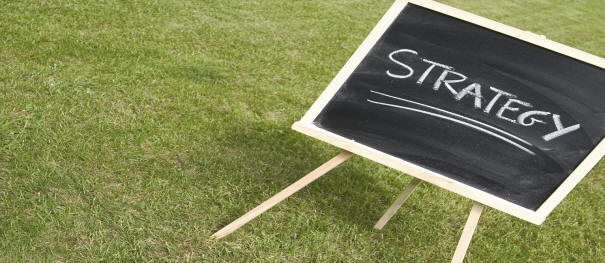In order to survive long-term, companies must develop a unique and sustainable competitive advantage—what will set your company apart from your competitors. Additionally, independent of size or time in business, companies have limited resources for deployment and must determine how best to invest scarce resources. The main resources are human capital (the people and their talents) and financial capital (the amount of money available to invest in operations, marketing etc.)
Conversely, the organization may have a plethora of opportunities, ideas and goals that it desires to pursue. This presents a strategic dilemma. The organization needs to invest its limited resources in those opportunities that have the greatest potential return, while maintaining a long-term sustainable competitive advantage. In this, the strategic plan’s objective is to provide business leaders with a framework of choices –what industries to pursue, what products or services to offer and how to deploy scare resources for the maximum return.
Moreover, the strategy must be dynamic. There was a time when strategic plans could last a decade (or more) but this is no longer true. A strategic plan may have a shorter shelf life than one would expect. Companies in mature industries may be able to develop a strategic plan which could last several years and be reviewed yearly with slight modifications. However, companies in emerging industries or those experiencing seismic structural shifts may need to revisit their plan quarterly. In fact, it could be argued that the best strategic plan in today’s fast-paced business environment is not written very far in advance but developed in real-time as the game evolves; new competitor’s spring into action, demand or preferences change and technology brings a new twist. A strategy driven organization accepts the fact that the strategic plan must evolve as the economy, business environment and other factors present new threats and opportunities. In contrast, the organization that does not engage in strategic thinking tends to maintain a reactionary stance, trying to defend its position rather than seeking new opportunities.
False Perceptions-A Destructive Force
Strategic plans built on faulty beliefs are sure to fail. Change can occur quickly and the average lifespan of a business model may only be a few years before modifications or a complete restructuring is required. With that said, change does not occur unnoticed overnight — subtle clues (that are easily recognizable in hindsight) can be observed, allowing the organization the much-needed time to adapt.
It takes passion and commitment to grow a company and entrepreneurs must believe in their dream in order to overcome skepticism. Unfortunately, sometimes the same drive and ambition that built the company can cause its destruction. Over time business leaders develop a skewed perception of the company’s capabilities and position in the marketplace. Often this is due to the business leader’s internal fear—they will hold tightly to what worked in the past afraid to change, even if all evidence suggest the need for a new approach.
Successful strategic planning requires rigorous thinking and honest assessment. To avoid false perceptions, historical financial data and past performance is included in the process. People can lie to themselves, but numbers will always tell the truth.
To learn more about Strategic Planning visit www.BusinessSimplyPut.com and look for the eBook titled, “Planning Your Company’s Growth A 10 Step Guide to the Strategic Planning Process”.






